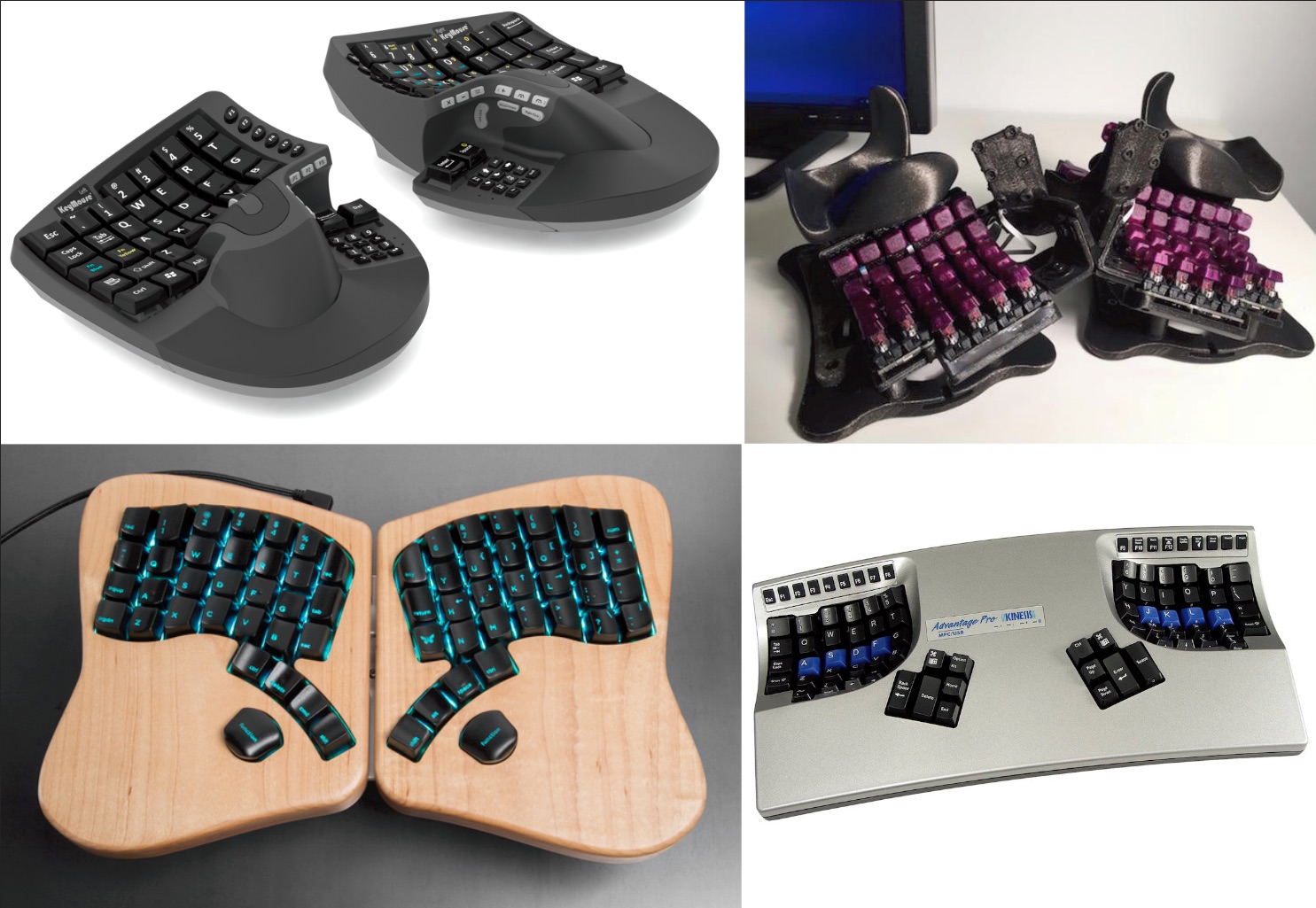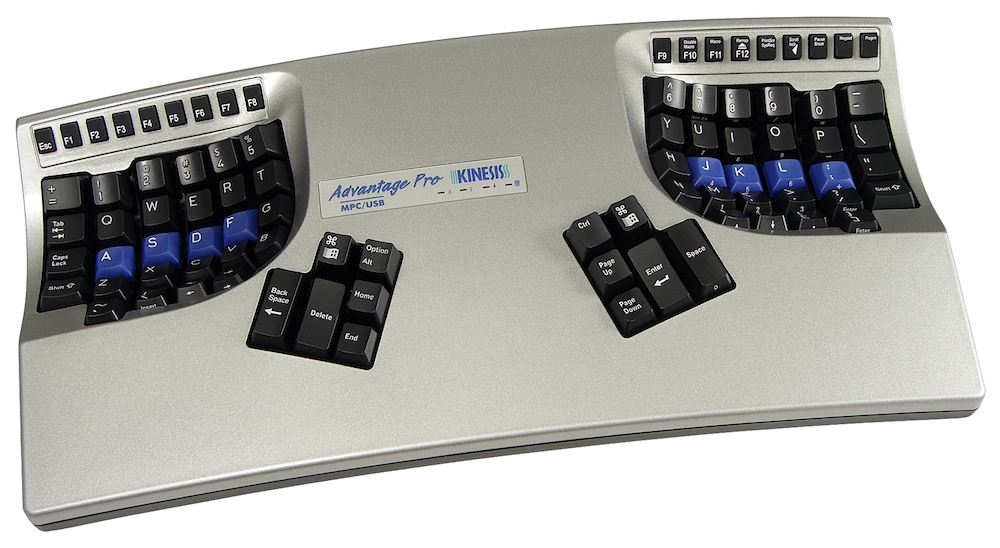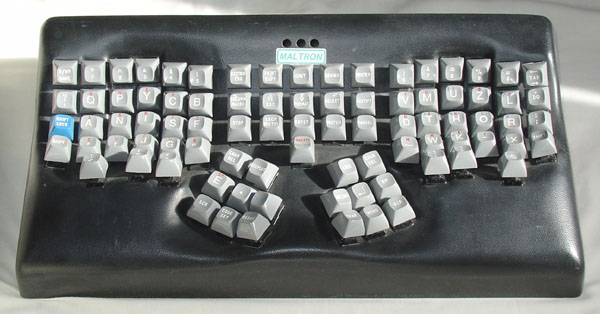Three delayed keyboards (or four future keyboards)
Anyone who has been involved with crowdfunding sites like Kickstarter and IndieGoGo, and particularly those who have backed hardware products, know all about product delays. I've written before about how crowdfunding sites are invigorating the hardware startup market, allowing hardware products to reach the market that would never have done so in the past. The flip side is of course that not all the hardware products that receive crowdfunding do in fact reach the market. Many crowdfunded products have famously failed, such as the Eyez by ZionEyez HD video recording glasses whose principles seemed to simply disappear off the face of the planet without delivering any products (and it's unclear if they ever worked on their product at all). That case was covered by Forbes and Network World, although it only raises about $350,000. More recently Kickstarter has made it harder for pie-in-the-sky hardware ideas to make it onto the site. One interesting case was the Skarp Laser Razor, which raised over $4 Million on Kickstarter before the site suspended their campaign. The company quickly switched to IndieGoGo and raised over $450,000. Whether Kickstarter was right and the project ultimately fails remains to be seen. A product doesn't need to be crowdfunded to be…


